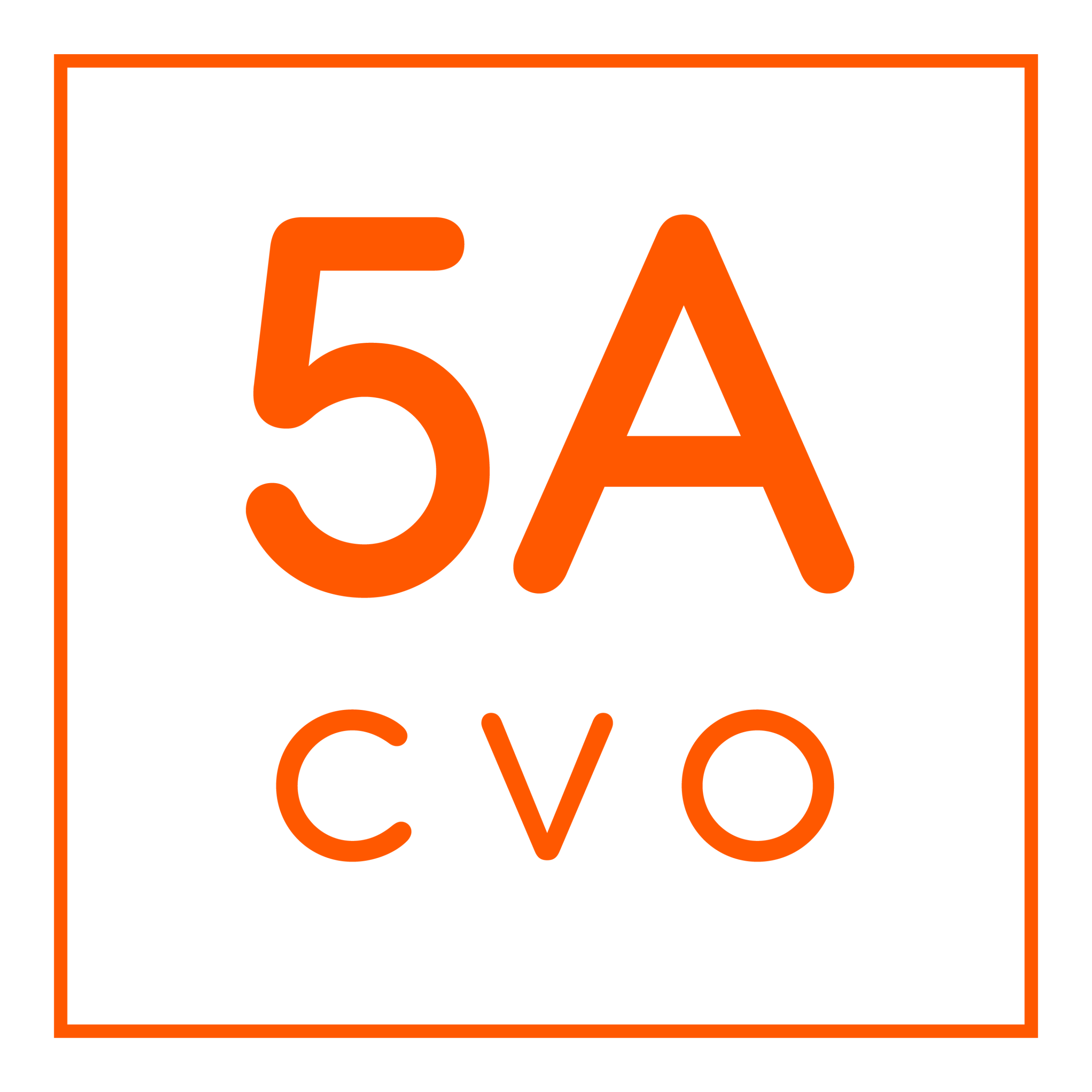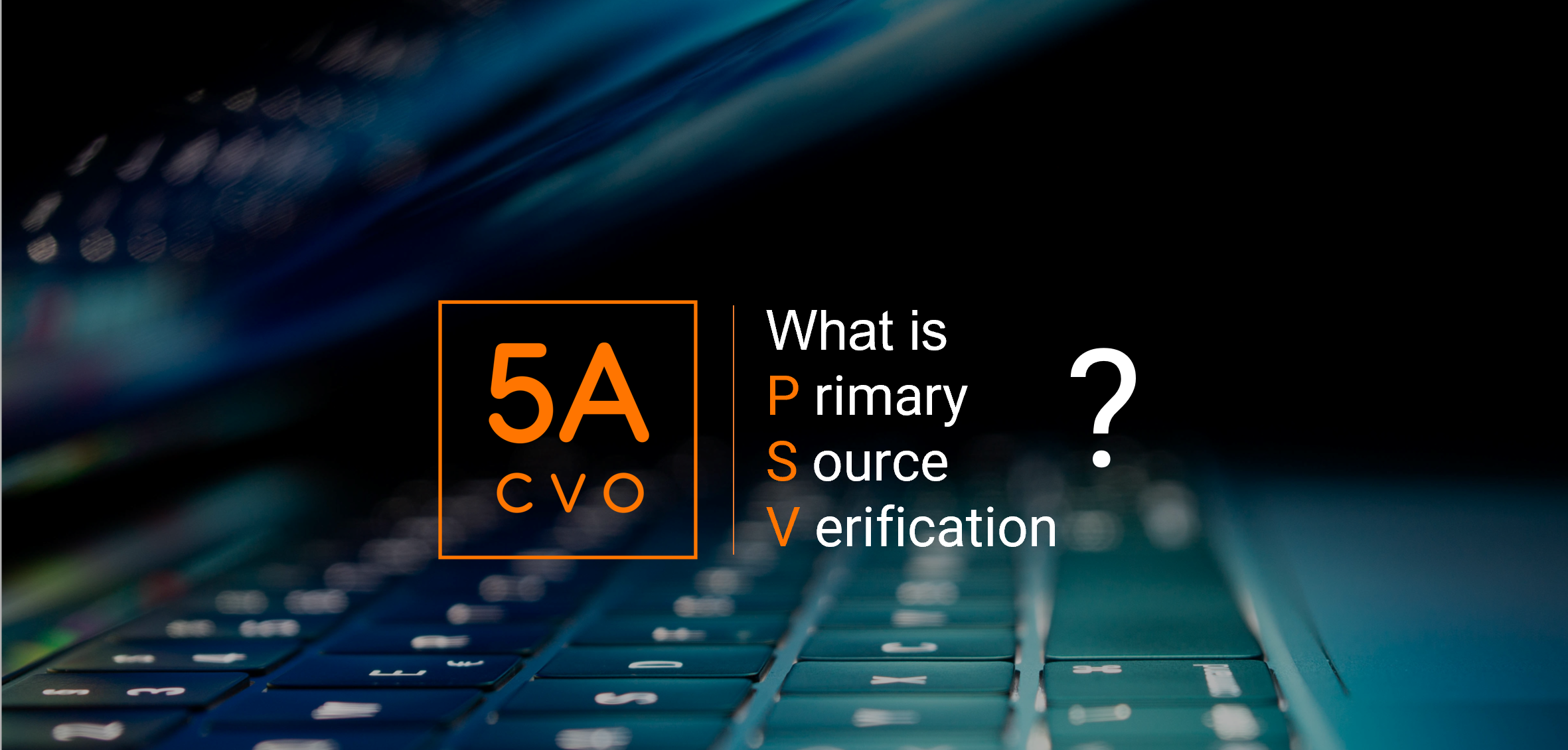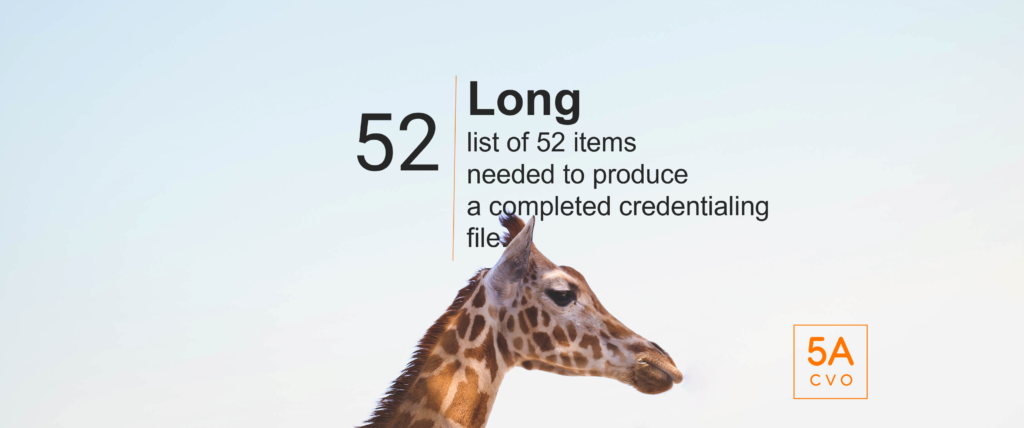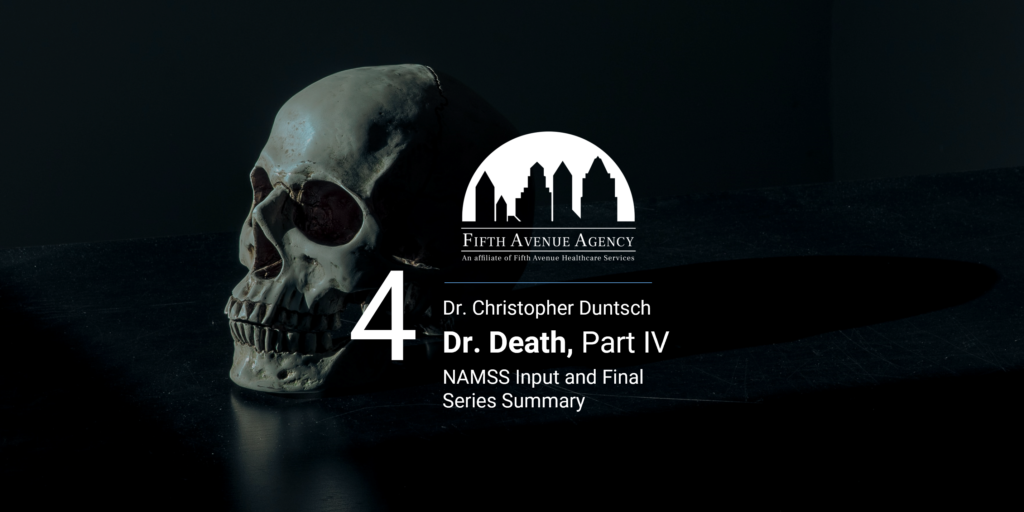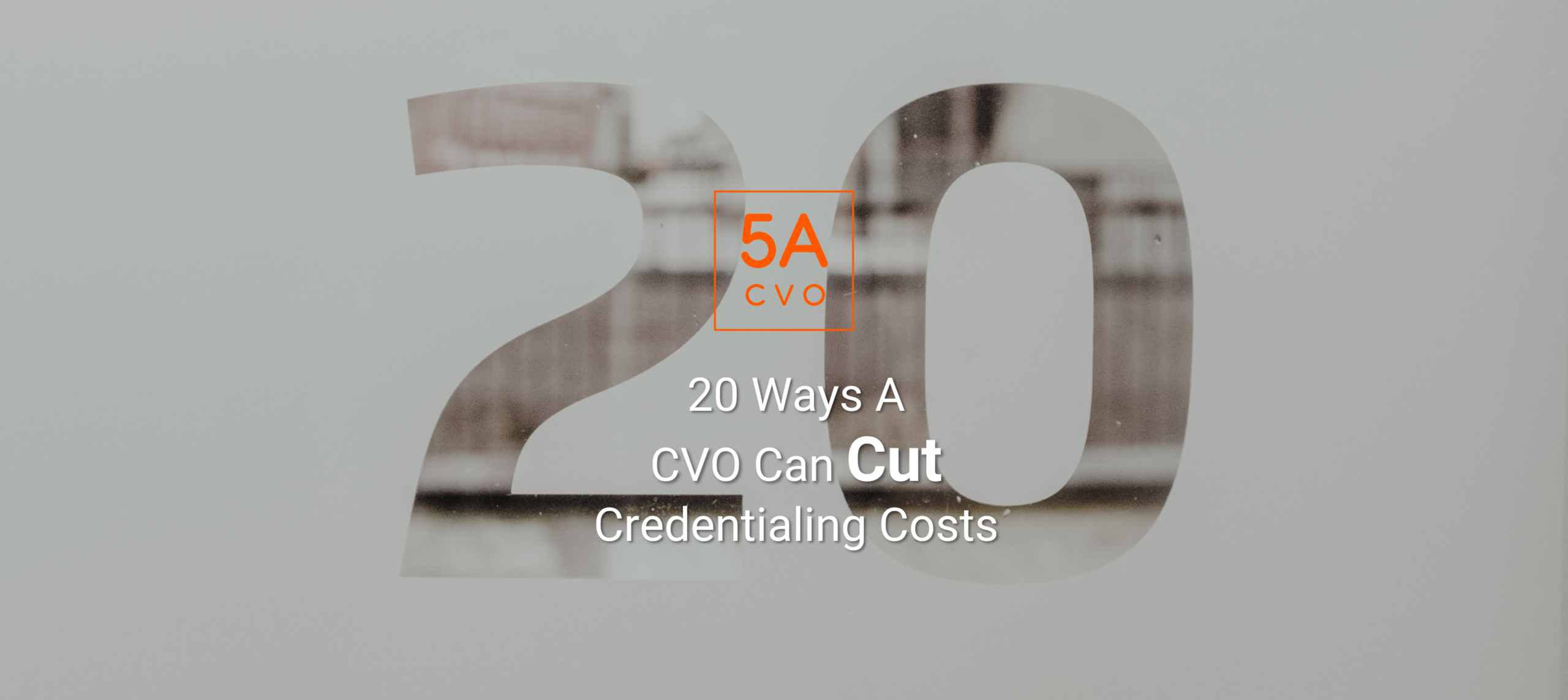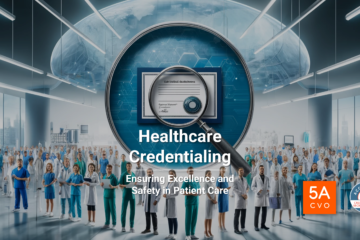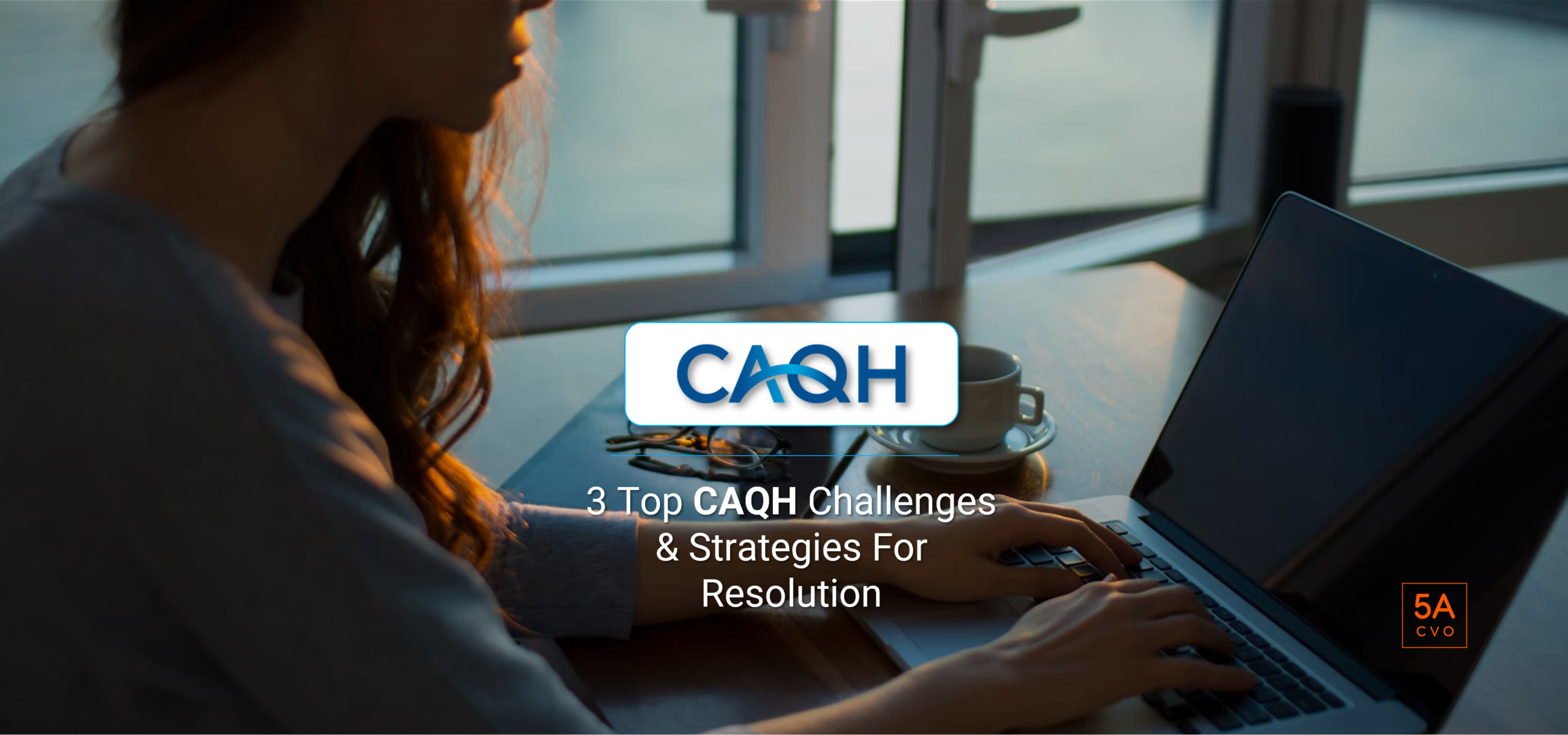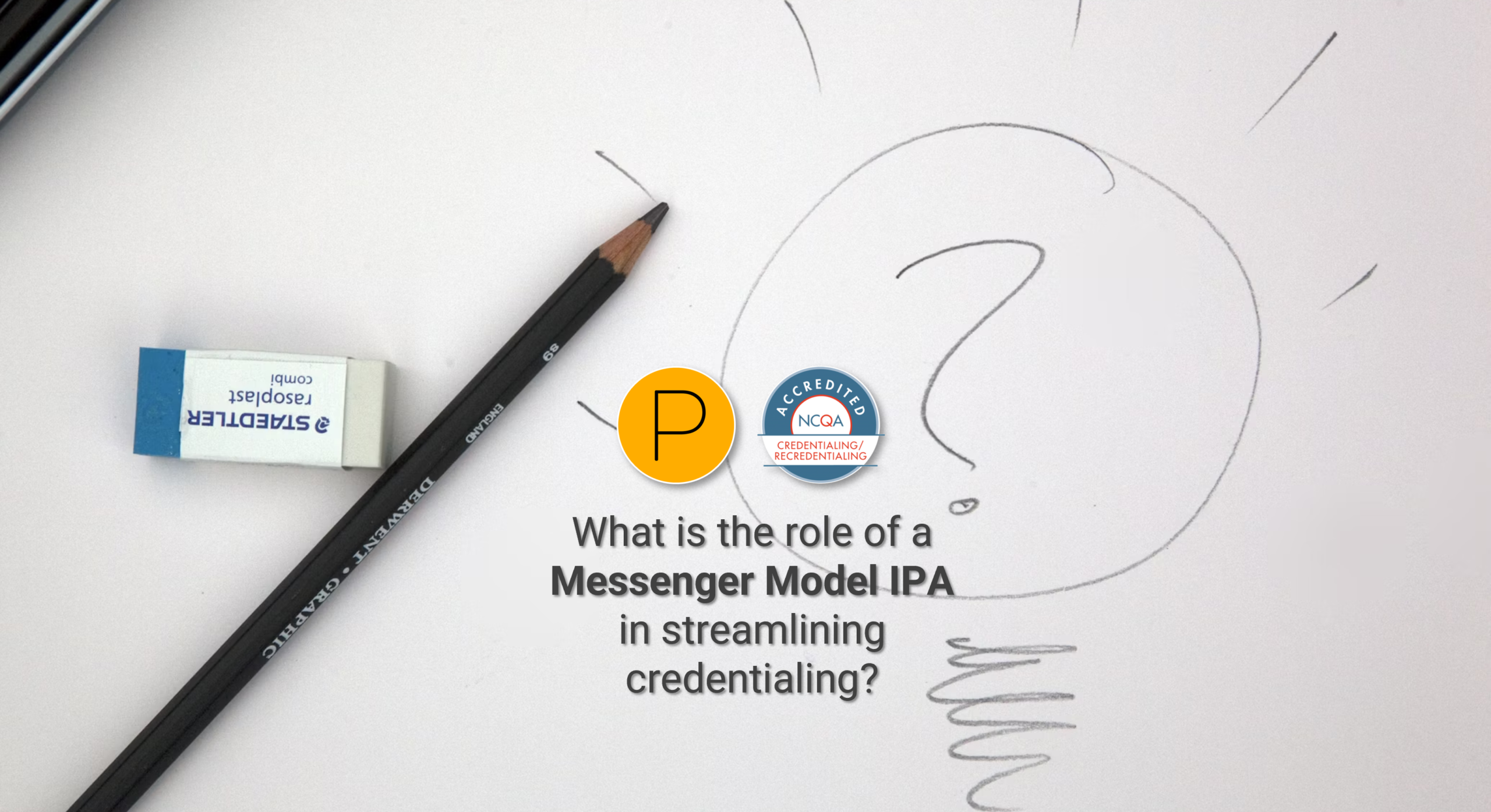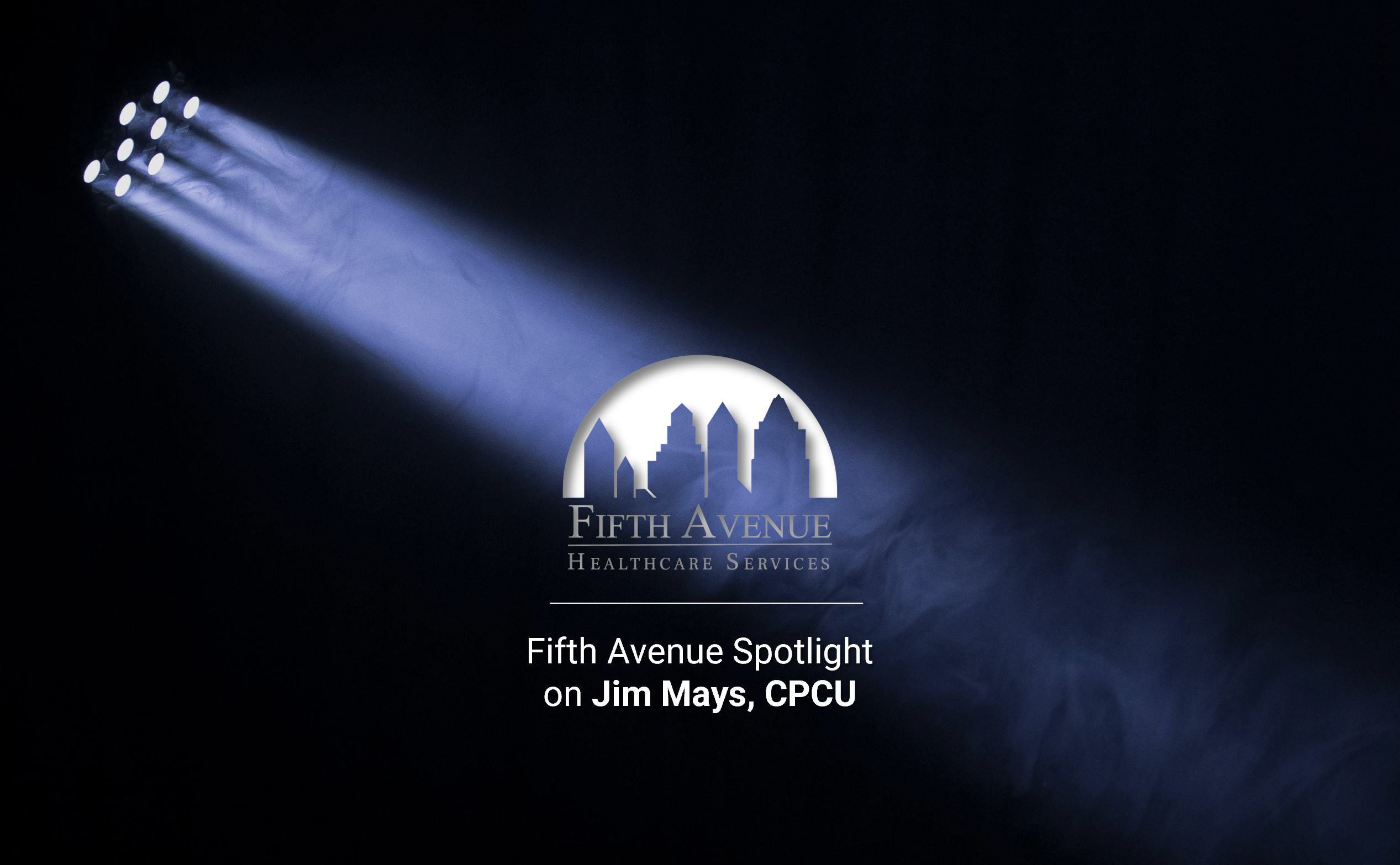We’ve all been there. The to-do lists are stacked higher and higher daily, and you feel like you can’t get ahead. These lists seem mountainous for medical providers because every task is essential to provide quality patient care. One of those daunting tasks is the primary source verification of providers’ credentials.
What Is Primary Source Verification (PSV)?
Suppose you work in certain fields, such as the medical industry. In that case, an individual must have a license or certificate indicating that they are qualified to practice in that profession.
This is crucial for the medical profession. Medical facilities, hospitals, health plans, and even medical practices are essential to protect patients by ensuring that the medical providers they work with are professionally trained, educated, and have no history of doing damage.
Primary Source Verification, or PSV, comes into play here: it verifies whether or not someone has the proper (and valid) license, registration, or certificate, as well as education, training, and work history, to be providing care to patients. The list of credentials that must be confirmed is long, each action step requiring a keen eye for detail. The welfare of patients should be of the utmost concern. One skipped step could find the provider, practice, or hospital facing hefty lawsuits.
Primary Source Verification (PSV) Can Help Reduce Malpractice Risk.
While accidents do happen, employing properly verified providers can reduce the chances of patient harm. It can also help when lawsuits are brought to court. An accused medical organization that properly conducts primary source verification on their staff can use this detail for their defense.
According to Becker’s ASC Review, 51% of physicians were sued for medical malpractice in 2021. Another study found that 75% of doctors in low-risk specialties will face malpractice litigation by age 65. The same study stated that 99% of high-risk physicians will also be sued. With the average malpractice claim being approximately $300,000, medical organizations cannot afford to miss the opportunity to prevent negligence.
How Long Does Primary Source Verification (PSV) Take?
Keeping people safe via primary source verification can sound like a winning game plan. However, it is more complex than it appears. There are several challenges that medical organizations must overcome to make sure providers are adequately credentialed.
Conventional Credentialing Is 52 Action Steps
Traditional credentialing consists of 52 conventional credentialing steps that should be completed before a provider is allowed to work. The conventional process can last between 90 to 120 days. This time frame can be detrimental for any practice, let alone a medical practice facing low revenue.
Initial PSV Action Items Include:
- Verify Board Certification. This proves the provider can demonstrate their knowledge and skills in their specialty.
- Review and Confirm AMA and AOA Profile. AMA stands for American Medical Association. AOA stands for American Osteopathic Association—these profiles provide information, including education, training, and board certifications.
- Verify medical School Internship, Residency, Fellowship, and Affiliations. These references prove the provider has a complete history of experience.
- Confirm State Medical Licensure. This ensures the provider can perform medicine in a particular state.
- Obtain Professional Peer References. These attestProvider’sovider’s current clinical competency. This step may take the longest to perform, depending on the availability of each reference.
- Gather current Medical Malpractice claims history. If it is shown that the Pdidn’tr didn’t submit an honest history, then the process will either end here or be delayed.
- Research Primary and Out of State License for Disciplinary Actions. This step reviews if a Provider has performed any wrongdoing out of state, whether they disclosed it or not.
- Verify DEA certification.
- Verify CDS certification (as applicable). The provider cannot prescribe controlled substances if either DEA or CDS credentials are not found.
- Obtain a copyProvider’sovider’s current Certificate of Insurance. Adequate insurance protects a practice and the provider from financial risks associated with patient bodily injury and medical expenses.
- Verify any Medicare and Medicaid sanctions (OIG) and exclusions (SAM). If sanctions exist, then the provider will be able to participate in federal healthcare programs. Sanctions usually result if a provider performs Medicare or Medicaid fraud.
- Perform an extensive 10 Year criminal background check. This check includes local and national databases and sex offender registry searches. Fingerprinting searches are also common.
- Run an NPDB query. NPDB stands for National Practitioner Data Bank. It contains information on medical malpractice payments related to healthcare Providers. It helps prevent providers from moving from state to state without disclosing their previous damaging history.
Credentialing Errors
In nearly every facet of life, mistakes delay events. It takes time to fix them. Any credentialing errors could make the credentialing process last longer than 120 days. Medical practices already facing a prolonged period before a provider can start working for them could wait even longer to earn revenue.
Seasoned credentialing experts should be able to accurately perform primary source verification with minimal effort and maximum precision. However, some practices do not hire specialists. Instead, they give the vital job of credentialing to office staff with little experience. Experts cost money to employ.
Credentialing Expenses
A credentialing specialist can ask for $72,725 per year. Add approximately $400 a month for credentialing computer software, and medical practices must contend with sizable credentialing overhead. The costs do not end there. The processing of a single credentialing application (including administrative fees) can be $7,000+.
In an economy where the only certainty is its volatility, some organizations might balk at the cost of credentialing. They cannot reach their profit margins if they hire exceptional office staff, especially if they struggle to pay existing employees. Too much overhead can sink a troubled business. What can they do? Pass through an unsuitable provider? Some do.
Why Do Primary Sources Need Verification?
Medical organizations might consider sidestepping this process or taking shortcuts to get their providers working faster. After all, billing cannot begin unless providers are credentialed and enrolled on a health plan. If an unverified provider is pushed through, it’s possible that this would allow an untrained, uncertified professional to provide medical attention to a patient. This is dangerous and could harm a patient and a medical malpractice claim payout.
Here are a few examples of medical malpractice payouts due to misdiagnosis:
- A surgeon’s failure to diagnose a patient’s breast cancer resulted in a patient with advanced-stage cancer. The patient received a $1.25 million settlement.
- A group of doctors misdiagnosed a man’s heart attack. The man’s widow received $75,000 in damages.
- A team of surgeons failed to properly prepare and perform a surgery that ended wpatient’satient’s paralysis and vision loss in one eye. The patient received nearly $3 million.
Could proper credentialing have prevented these incidents? No one can say. However, primary source verification may have helped pinpoint missing training. It would require a doctor to obtain specific training or education that may have helped prevent the above cases. As a last resort, psv can help prevent these negligent providers from gaining medical employment.
Studying the events of Dr. Christopher Duntsch, aka ‘Dr. Death’ is a good example where perhaps better sourcing and verifying his background could have saved lives. Medical organizations do not have to forgo primary source verification for profits or rely on overwhelmed and untrained staff. They can seek a cost-effective answer to all of their credentialing difficulties.
Outsource Your Primary Source Verification
One solution to help practices properly eliminate credentialing challenges is partnering with a credentialing verification organization like 5ACVO. Outsourcing primary source verification can be the lifeline that protects lives, reputations, and finances.
Who Is 5ACVO?
5ACVO is a Fifth Avenue Healthcare Services member that began serving providers around 2003. The company streamlines the credentialing process for medical providers, faculty, staff, and other medical entities. Serving 1000s of healthcare professionals across the United States, 5ACVO has earned its reputation as a leading medical credentialing team.
Supported by 385+ years of industry knowledge, 5ACVO conducts smarter and simpler credentialing, which generates speed and accuracy. Adept providers can get to work quicker and bill sooner.
5ACVO Cuts Costs
63% of the 5ACVO team have 10+ years of industry experience. Their expertise can reduce the credentialing workload by 88% and cut costs by 69%. 5ACVO lowers the traditional 52 credentialing steps to just 6 simple steps.
Faster credentialing can create more billing opportunities, up to $47,000 per provider. Additional revenue can go towards facility upgrades, more staff, new locations, and better equipment. The benefits continue beyond gaining time and money.
5ACVO Reduces Risk
Our team has 385+ years of industry experience. They can accurately and efficiently fulfill every primary source verification duty. Questionable providers can be found. Suitable ones can start work. Practices and organizations can count on having the best providers under their banner.
5ACVO also helps reduce the risk of data compromises. Medical information should be protected, even all the details providers must give for credentialing. 5ACVO’s cloud-based solution can keep data secure and lessen the need for paperwork. Data can be accessed with 5ACVO’s easy-to-use Web Portal. Users can track, report, and control their information 24 hours a day, 7 days a week.
5ACVO Slashes Stress
The medical industry might be one of the most stressful in the world. Even highly-skilled providers face physical and mental fatigue. They sometimes cannot give patients their best.
Office staff can also suffer in high-stress environments. In healthcare, dealing with people requires patience and critical thinking skills. If staff must manage credentialing on top of all their other duties, their morale might affect how they interact with people. This can tarnish the reputations of practices, providers, and the industry.
5ACVO can remove some of the stress on providers and office workers. Taking over credentialing can lighten the burden weighing on practices. Morale can rise, creating a happier place for everyone involved.
5ACVO + Primoris = Your Provider Enrollment Solution
Primary source verification is the essential first step of provider enrollment. Also often referred to as “payor enrollment,” provider enrollment is the process where providers apply for and contract with health plans, networks, Medicare, and Medicaid. Enrolled providers can bill and receive payment for services rendered. Primoris Credentialing Network, the largest independent physician association in the Midwest, offers 54+ health plan and network options. Like 5ACVO, Primoris employs administrative simplicity, streamlining the entire process so providers do not have to wait long to start billing.
For example, traditional enrollment involves applying to individual plans with separate applications. Primoris users only need to submit one application to apply to 25+ delegated health plans. Providers no longer need to fret over the number of applications they must obtain, fill out, and send.
5ACVO and Primoris can set providers on the fast track toward prompt enrollment and billing.
5ACVO + Fifth Avenue Agency = Better Medical Malpractice Insurance Shopping
Healthcare providers should carefully choose malpractice insurance. Subpar coverage might not protect them or their practice in the event of a claim. Since insurance shopping is yet another chore for them, providers can help themselves by getting assistance. Fifth Avenue Agency leverages the credentialing data and technology of the Fifth Avenue Healthcare Services family to reduce the monetary costs and time involved with obtaining medical malpractice insurance. Their unique system can contribute to a competitive market, stimulating lower rates. Fifth Avenue Agency is an unbiased company that puts the needs of providers ahead of those of insurance carriers.
To serve providers better than other agencies, the company considers multiple factors before recommending a carrier, including:
- availability of defense counsels,
- coverage breakpoints,
- practice structure, costs, and financing
Read more about the top 5 medical malpractice questions to ask when purchasing a medical malpractice insurance policy.
The Answer to Primary Source Verification Difficulties
Primary source verification is a necessary function that helps protect patients from negligent physicians and organizations from liability risk. The credentialing process is lengthy but is ultimately worth the investment despite its intricacies. Due to its complex nature, primary source verification can be vulnerable to mistakes. Errors can force providers and practices to pay exorbitant damages if proven to be negligent, and patients can even pay with their health.
Primary source verification cannot be left to chance. 5ACVO, the foundation of Fifth Avenue Healthcare Services, can also be the foundation of your protection and long-term success. With the 5ACVO team on your side, you will have more time to ensure there are fewer hoops to jump through while verifying credentials. It allows you to spend more time on what matters: keeping day-to-day operations running and providing quality healthcare for your patients.
More information about 5ACVO
5ACVO is a NCQA Credentialing Accredited specializing in credentialing and primary source verification and is part of the Fifth Avenue Healthcare Services family. 5ACVO sister companies include Fifth Avenue Agency (MPLI and medical malpractice insurance specialists) and Primoris Credentialing Network (credentialing and provider enrollment specialists with 54+ health plan and network provider enrollment options).
For more information on 5ACVO, please visit 5ACVO.com or Contact Us.
